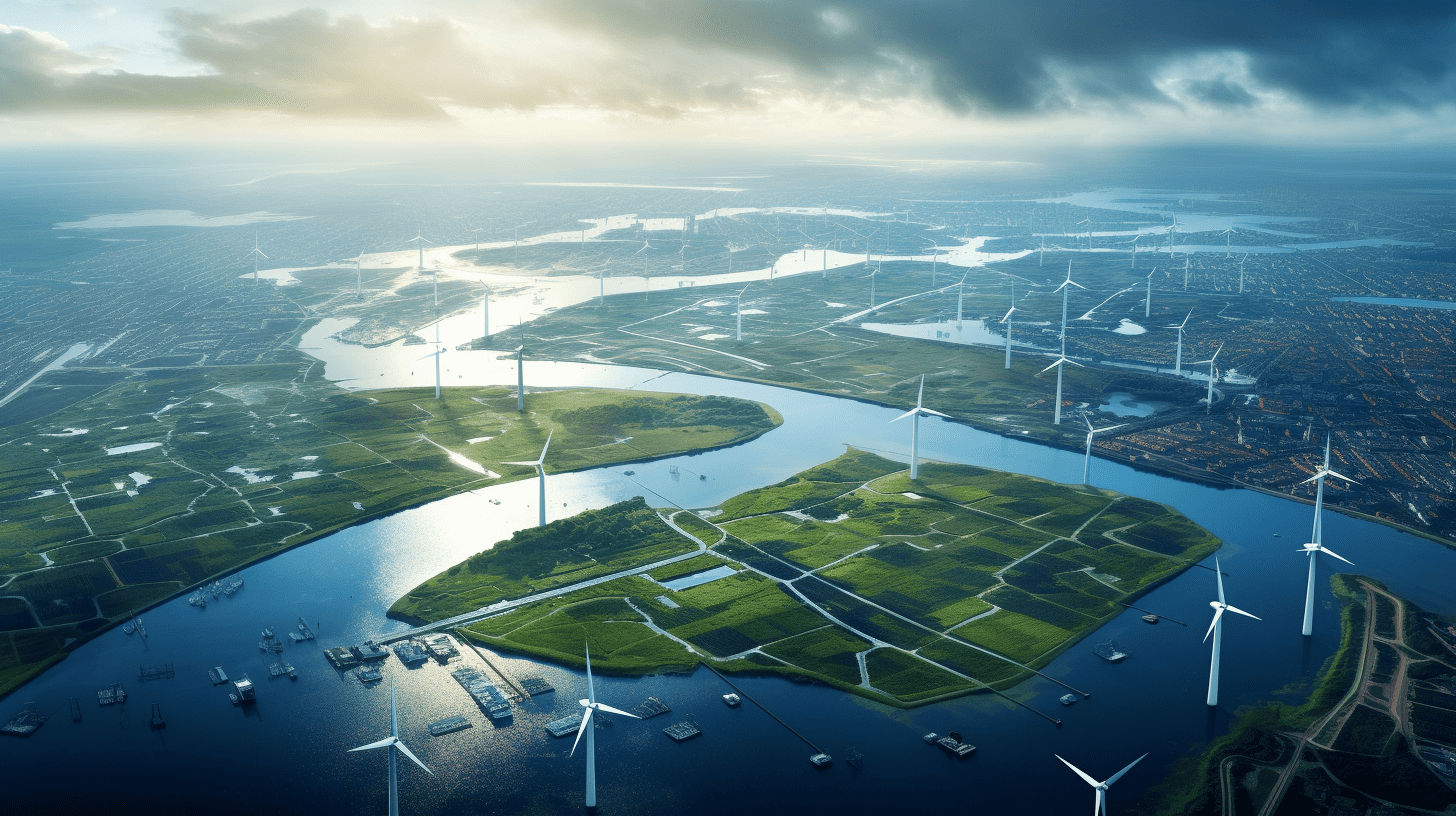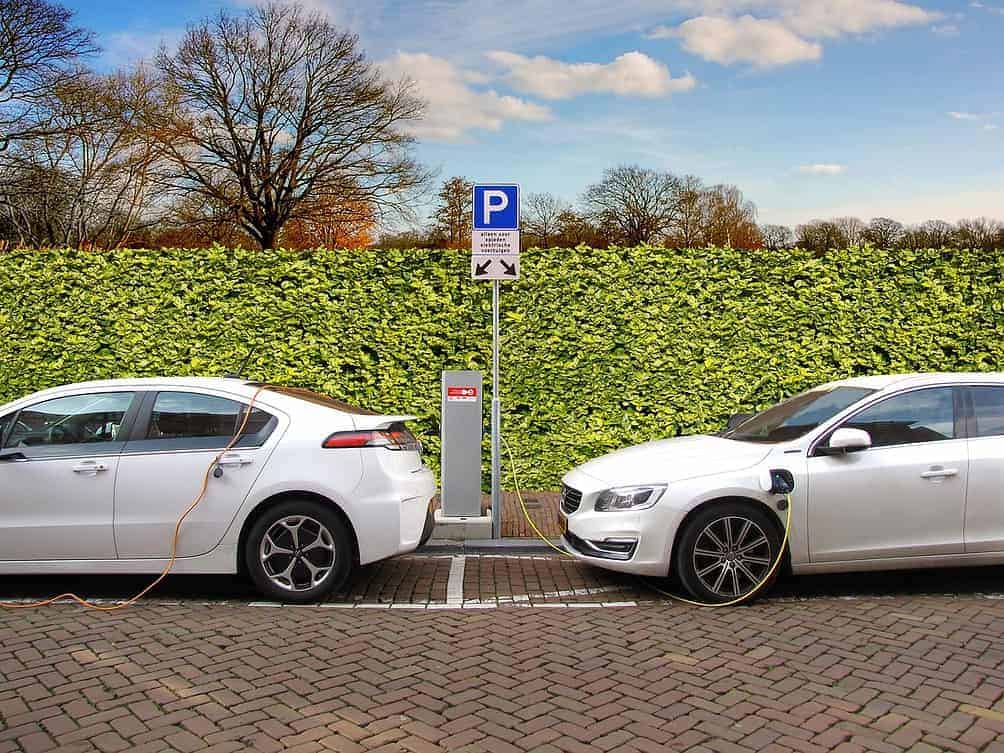
The Netherlands sets its sights on a greener horizon, aiming to achieve climate neutrality by 2050. The Planbureau voor de Leefomgeving’s (PBL) latest research highlights the necessity of both conventional and controversial measures to reach this milestone. It underlines the critical role of electric power and the imperative to triple or quintuple electricity production, emphasizing solar, wind, and nuclear sources.
The energy transition is not just about new power sources; it involves a complete overhaul of mobility, with a significant increase in renewable fuels, especially for aviation and shipping. The government’s Climate Act underpins these ambitions, mandating a 49% reduction in greenhouse emissions by 2030 and 95% by 2050. However, the path forward is fraught with challenges, including the scarcity of sustainable biomass and green hydrogen, which could drive up costs.
Why this is important:
By 2050, the Netherlands aims to be climate-neutral. Achieving this goal requires a shift towards more sustainable energy, but also the use of technologies like carbon capture and storage (CCS).
The daunting transition ahead
The PBL research provides over 30 techno-economic trajectories towards a climate-neutral Netherlands. It makes clear that excluding certain options could render the goal of climate neutrality by 2050 nearly unattainable. With the anticipated three to fivefold increase in electricity production, over half is expected to come from solar, wind, and nuclear energy. The transition to electric power is pivotal, but sectors like aviation and shipping will continue to require carbon for fuel production, complicating the path to net-zero emissions.
While biomass with carbon capture and storage (CCS) for electricity generation is an option, it is not deemed the most feasible due to the scarcity of sustainable biomass. The production of bunker fuels for international transport emits a relatively pure stream of CO2, which could be captured from continuously operating factories. This process is key to achieving negative emissions, with estimates suggesting that 20 to 50 megatons of CO2 could be captured annually by 2050.

Energy diversity and self-sufficiency
The availability of sustainable biogenic resources and green hydrogen must significantly increase by 2050. However, potential scarcity could lead to high costs, making electric alternatives more attractive. Dutch self-sufficiency in renewable electricity and hydrogen production could reduce dependency on imports but may come at the cost of scarce labour and materials. An integrated approach to the energy and resource system is crucial, considering the cost-effectiveness of emissions reduction measures.
Mobility’s renewable fuel challenge
A joint study by PBL and TNO underscores the sharp increase in demand for renewable fuels, especially in aviation and shipping, which compete with other sectors such as industry. To move towards climate-neutral mobility by 2050, a substantial rise in the supply of renewable fuels is necessary. This includes scaling up production and imports, as well as adopting sustainable technology and promoting energy conservation.
Achieving climate neutrality by 2050 does not mean a complete elimination of fossil fuels. Some scenarios include the continued use of fossil fuels, offset by negative emissions within the country. The Dutch government’s Climate Policy aims for a 49% reduction in greenhouse gas emissions by 2030, working towards a 95% reduction by 2050. To meet these targets, post-2030 policies must accelerate, particularly in addressing negative emissions and scaling up renewable energy efforts.

